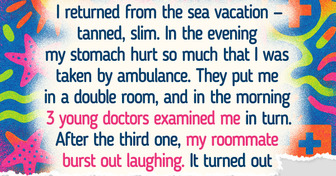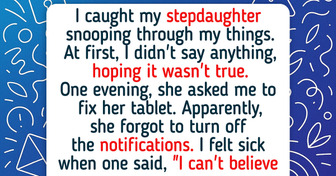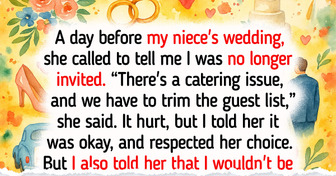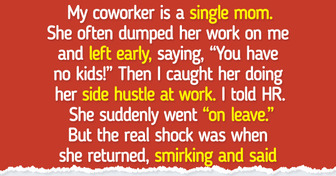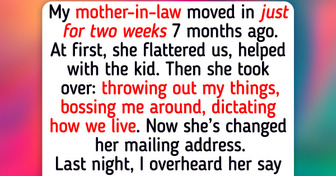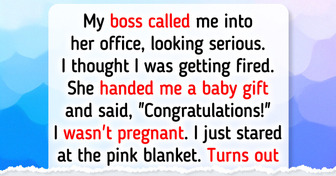I Didn’t Give Up My Parking Spot to a Mom With an Infant — I Served Her a Reality Check
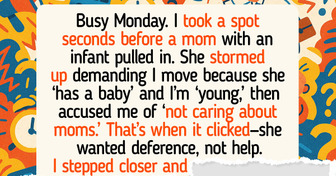
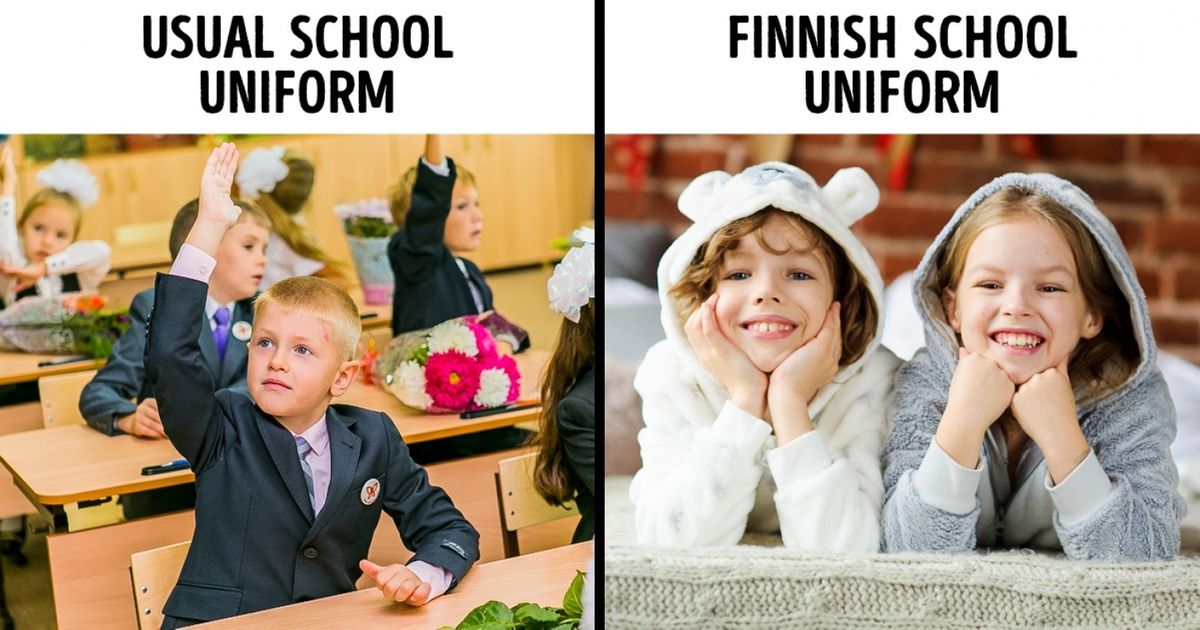
According to studies, schoolchildren in Finland are among the best pupils in the world. They spend less time in school than kids in other countries, and the amount of time spent on homework is a maximum of 30 minutes per day.
Bright Side will reveal to you the secret of education in Finland which is admired all around the world.
Finnish education is free. And all the other stuff is free too, including lunches, excursions, and school supplies. If pupils live more than 2 km away from school, a special school bus will transport them to and from school. All these expenses are covered by the country itself. More than 12.2% of the country’s total budget is allotted for education.
Every pupil here can accomplish tasks of different complexities depending on their abilities. Children with different physical and mental abilities study together. If a pupil cannot do something, teachers organize individual lessons for him. There are also some additional subjects: for example, other native languages.
It is believed that a pupil can choose a useful activity for herself. Therefore, when a lesson is not interesting for her, she can get herself involved in reading a book or sewing.
The grading system in Finland has 10 points. However, there are no marks in Finnish schools before the 3rd grade. From the 3rd until the 7th grades, there are only verbal marks starting from “it could be better“ up to ”perfect." It’s only the pupil who knows his marks. Pupils are not scolded for their marks, and they are only needed for motivating a child to perfect his knowledge and to correct his individual study plan.
There is no uniform in Finnish schools. They can come to lessons dressed however they want. There are no requirements. One might easily see a child in socks without shoes in a class.
Children don’t have to be sitting at their desk. During a lesson, they can make themselves comfortable in armchairs or on the floor. If the weather is warm, lessons might be held on the grass near the school or on special benches situated in the shape of an amphitheatre.
Teachers in Finland think that children should rest and spend their time with their family instead of doing homework. Homework takes very little time and can be very interesting. For example, for a history lesson, a pupil might be asked to interview her granny to find out what life was like in the ’50s and to find the differences between that life and the modern world.
Teachers in Finland say, "One should be prepared either for life or for exams. We choose the first." That’s why there are no exams in Finnish schools. Teachers can give a test at their discretion. There is only one compulsory standard test at 16 when students graduate from secondary school.
One of the new directions of the Finnish educational system is phenomenon based learning. Instead of lessons, there are 6-week sections where students study one topic from different angles. For example, the topic of migrants is discovered from the angle of geography (where they came from), history (what happened before it), and culture (what traditions they have). Children create questions themselves and find the answers themselves too.
No matter how interesting the lesson is, the most interesting time for any kid is a break. Children in Finland have 15 minutes of rest after every 45 minutes of studying
Competition for the Faculty of Education at the University of Helsinki is 20 people for one position. The number of people who want to teach exceeds the amount of working positions by 10 times. The average monthly salary of a teacher is €3,500. Teaching is a very prestigious profession in Finland, hence children are taught by the best.
There is no strict program of education. Every teacher decides for himself which books and programs to use. Apart from the teacher, there is a special assistant in every lesson, watching and helping the children do their work.
In swimming lessons, they are taught to recognize the signs that a person is drowning. In housekeeping lessons, they are taught how to cook, knit, and sew. A lot of attention is paid to caring about nature. In addition, Finnish schoolchildren can easily create a website or a portfolio.The main thing taught here is the ability to learn and adapt to this always-changing world. There is no need to learn things by heart because the Internet is always there for you.
There is no need to choose a school in Finland. Everyone attends the nearest school because there are no "elite" schools. No matter where the student lives, they will always have access to a school with qualified teachers, good school materials, and high-quality food.
The food in Finnish schools is varied and free. The menu is announced on the school’s site one month before so that the kids can visit it and "put into their cart" everything that they like. All diets are included on the menu. Moreover, there are vegetarian options.
Sometimes kids take their sleeping bags and stay in school overnight with the teachers. They watch movies, play, and sleep in the gym. In the morning, they have breakfast with ice cream. How can one not love such a school? We would also not want to leave it — neither in the afternoon or at night!
There are specially trained "reading" dogs in the libraries of Finland that instill a love of reading in children. These dogs listen to the kids reading books or telling them stories.

